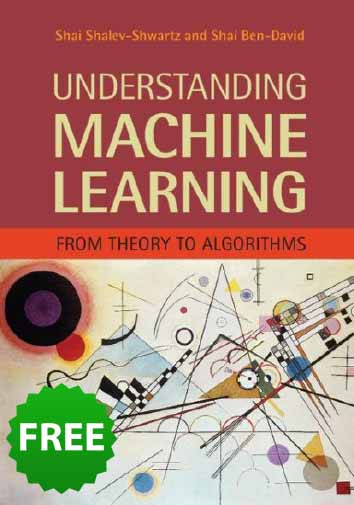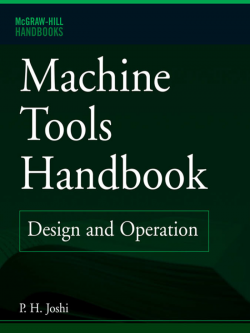Description
The term machine learning refers to the automated detection of meaningful patterns in data. In the past couple of decades it has become a common tool in almost any task that requires information extraction from large data sets. We are surrounded by a machine learning based technology: Search engines learn how to bring us the best results (while placing profitable ads), antispam software learns to filter our email messages, and credit card transactions are secured by a software that learns how to detect frauds. Digital cameras learn to detect faces and intelligent personal assistance applications on smart-phones learn to recognize voice commands. Cars are equipped with accident prevention systems that are built using machine learning algorithms. Machine learning is also widely used in scientific applications such as bioinformatics, medicine, and astronomy.
One common feature of all of these applications is that, in contrast to more traditional uses of computers, in these cases, due to the complexity of the patterns that need to be detected, a human programmer cannot provide an explicit, fine-detailed specification of how such tasks should be executed. Taking example from intelligent beings, many of our skills are acquired or refined through learning from our experience (rather than following explicit instructions given to us). Machine learning tools are concerned with endowing programs with the ability to “learn” and adapt.
The first goal of this book is to provide a rigorous, yet easy to follow, introduction to the main concepts underlying machine learning: What is learning? How can a machine learn? How do we quantify the resources needed to learn a given concept? Is learning always possible? Can we know whether the learning process succeeded or failed?
The second goal of this book is to present several key machine learning algorithms. We chose to present algorithms that on one hand are successfully used in practice and on the other hand give a wide spectrum of different learning techniques. Additionally, we pay specific attention to algorithms appropriate for large scale learning (a.k.a. “Big Data”), since in recent years, our world has become increasingly “digitized” and the amount of data available for learning is dramatically increasing. As a result, in many applications data is plentiful and computation ime is the main bottleneck. We therefore explicitly quantify both the amount of data and the amount of computation time needed to learn a given concept.
The book is divided into four parts. The first part aims at giving an initial rigorous answer to the fundamental questions of learning. We describe a generalization of Valiant’s Probably Approximately Correct (PAC) learning model, which is a first solid answer to the question “What is learning?” We describe the Empirical Risk Minimization (ERM), Structural Risk Minimization (SRM), and Minimum Description Length (MDL) learning rules, which show “how a machine can learn.” We quantify the amount of data needed for learning using the ERM, SRM, and MDL rules and show how learning might fail by deriving a “no-free-lunch” theorem. We also discuss how much computation time is required for learning. In the second part of the book we describe various learning algorithms. For some of the algorithms, we first present a more general learning principle, and then show how the algorithm follows the principle. While the first two parts of the book focus on the PAC model, the third part extends the scope by presenting a wider variety of learning models.
Finally, the last part of the book is devoted to advanced theory. We made an attempt to keep the book as self-contained as possible. However, the reader is assumed to be comfortable with basic notions of probability, linear algebra, analysis, and algorithms. The first three parts of the book are intended for first year graduate students in computer science, engineering, mathematics, or statistics. It can also be accessible to undergraduate students with the adequate background. The more advanced chapters can be used by researchers intending to gather a deeper theoretical understanding.






نقد و بررسیها
هیچ دیدگاهی برای این محصول نوشته نشده است.